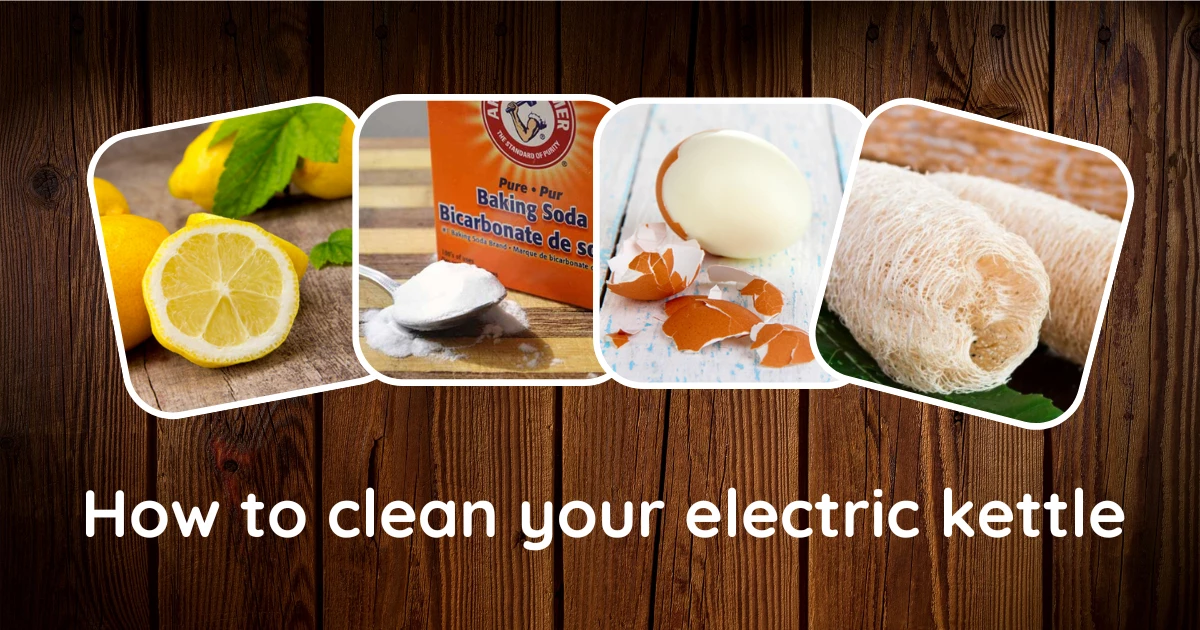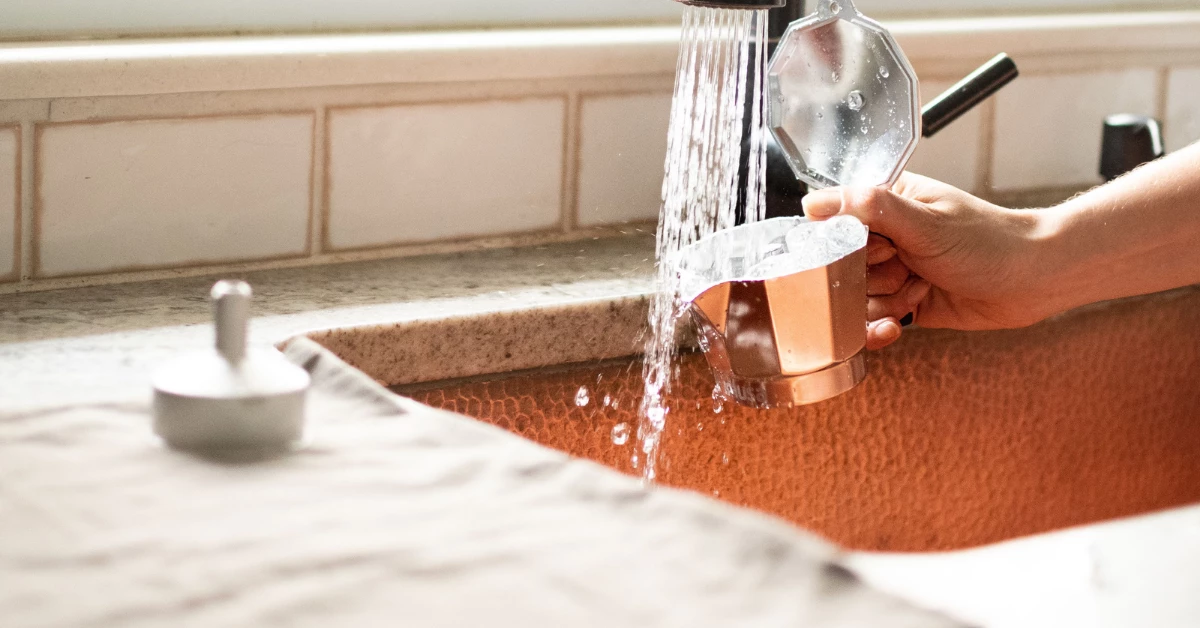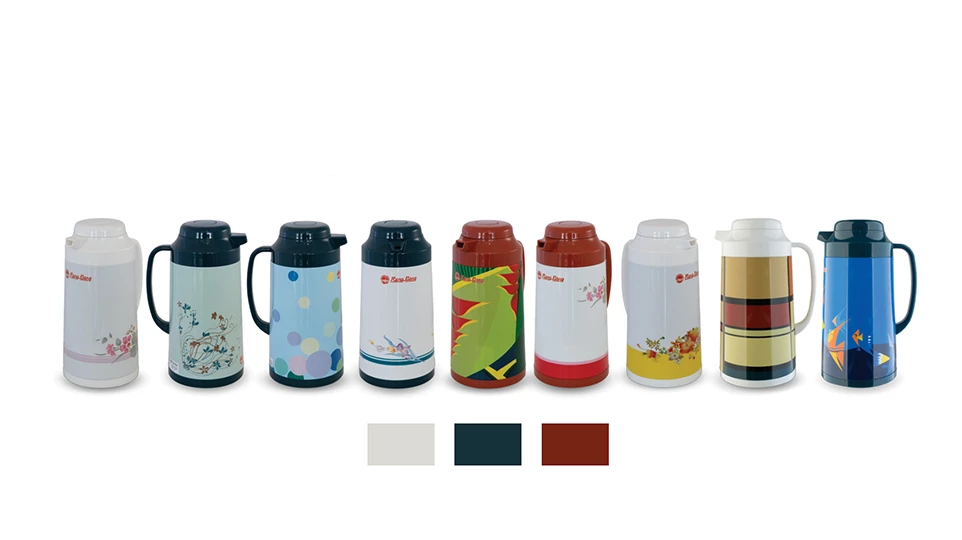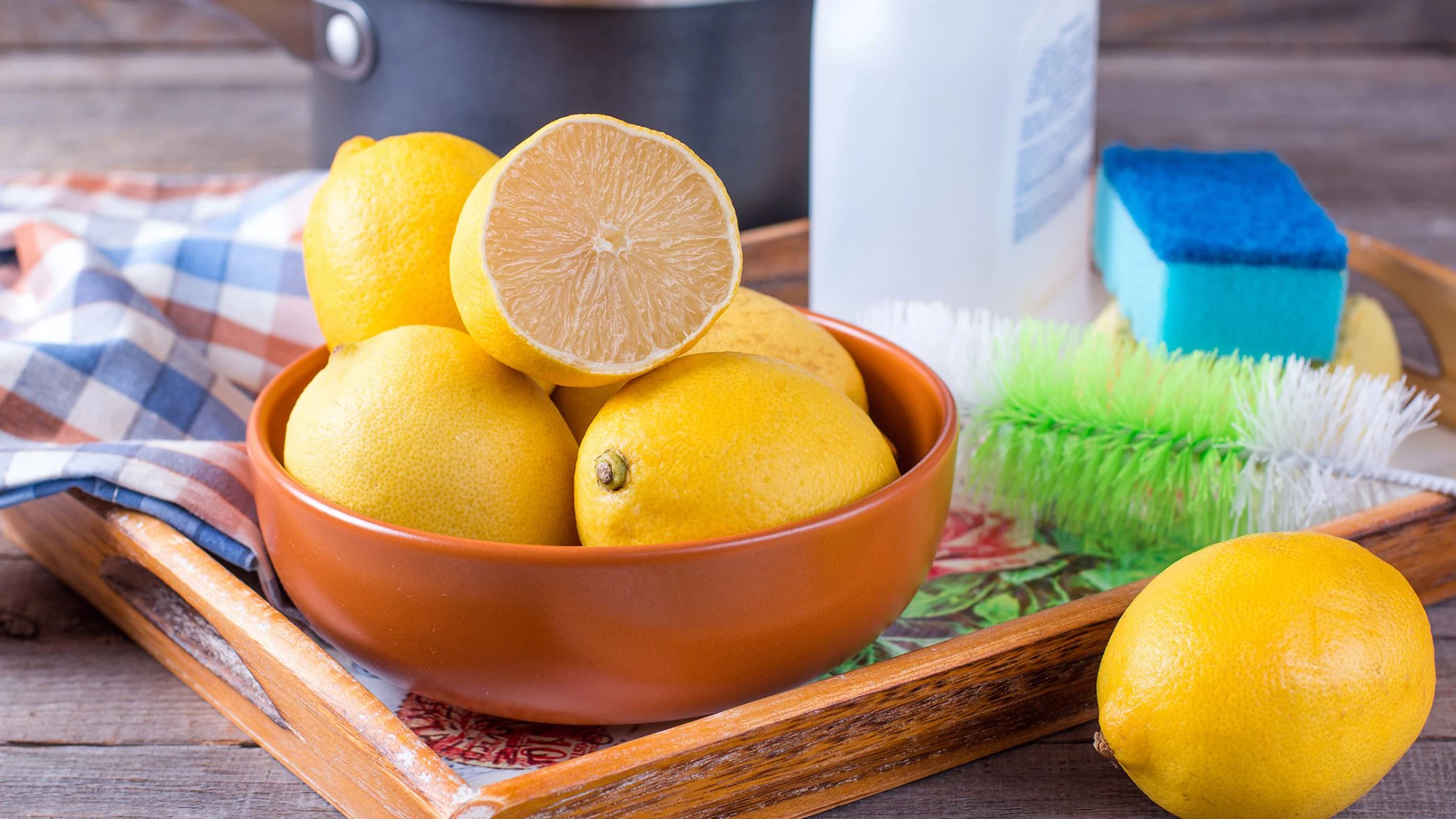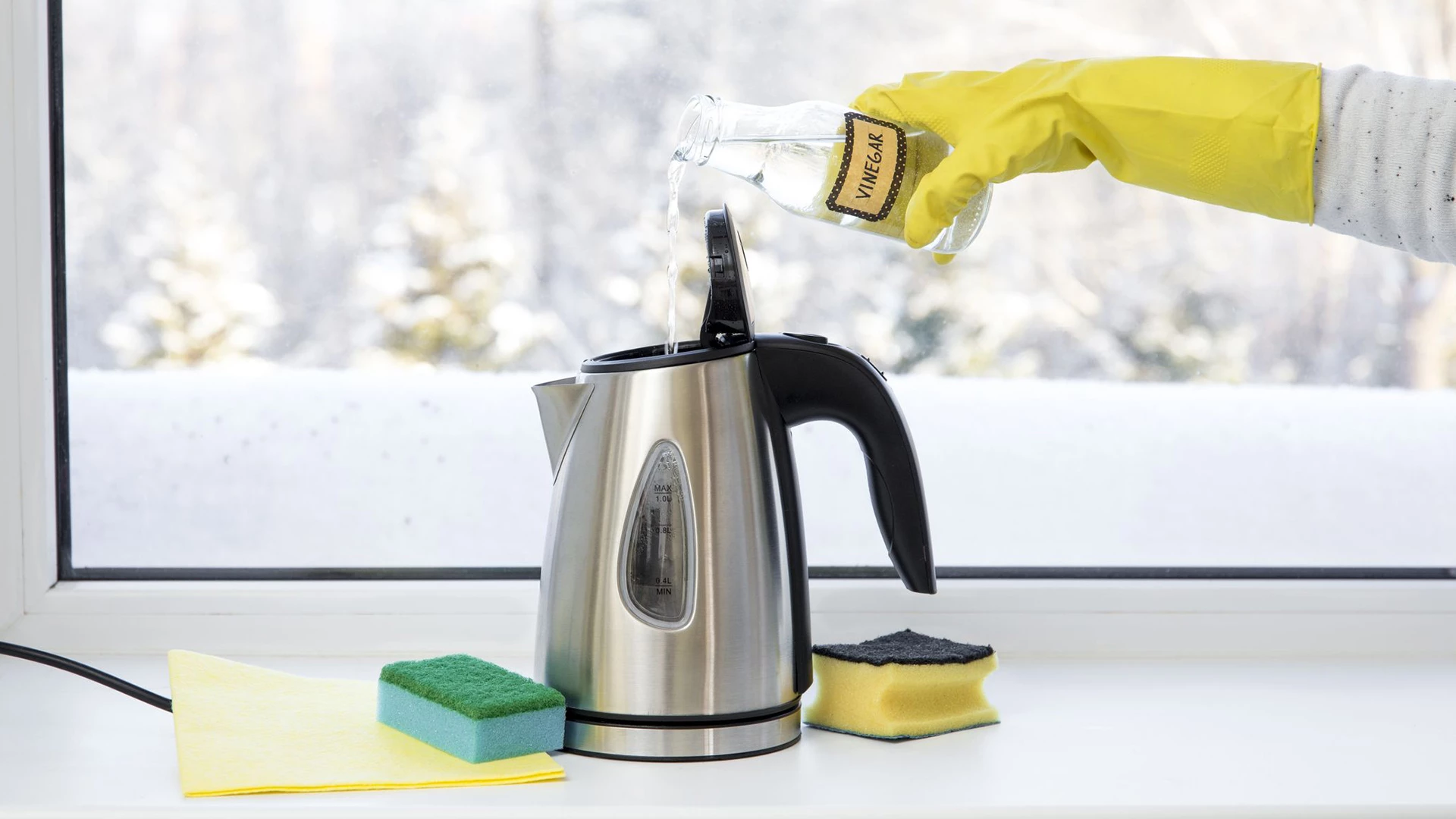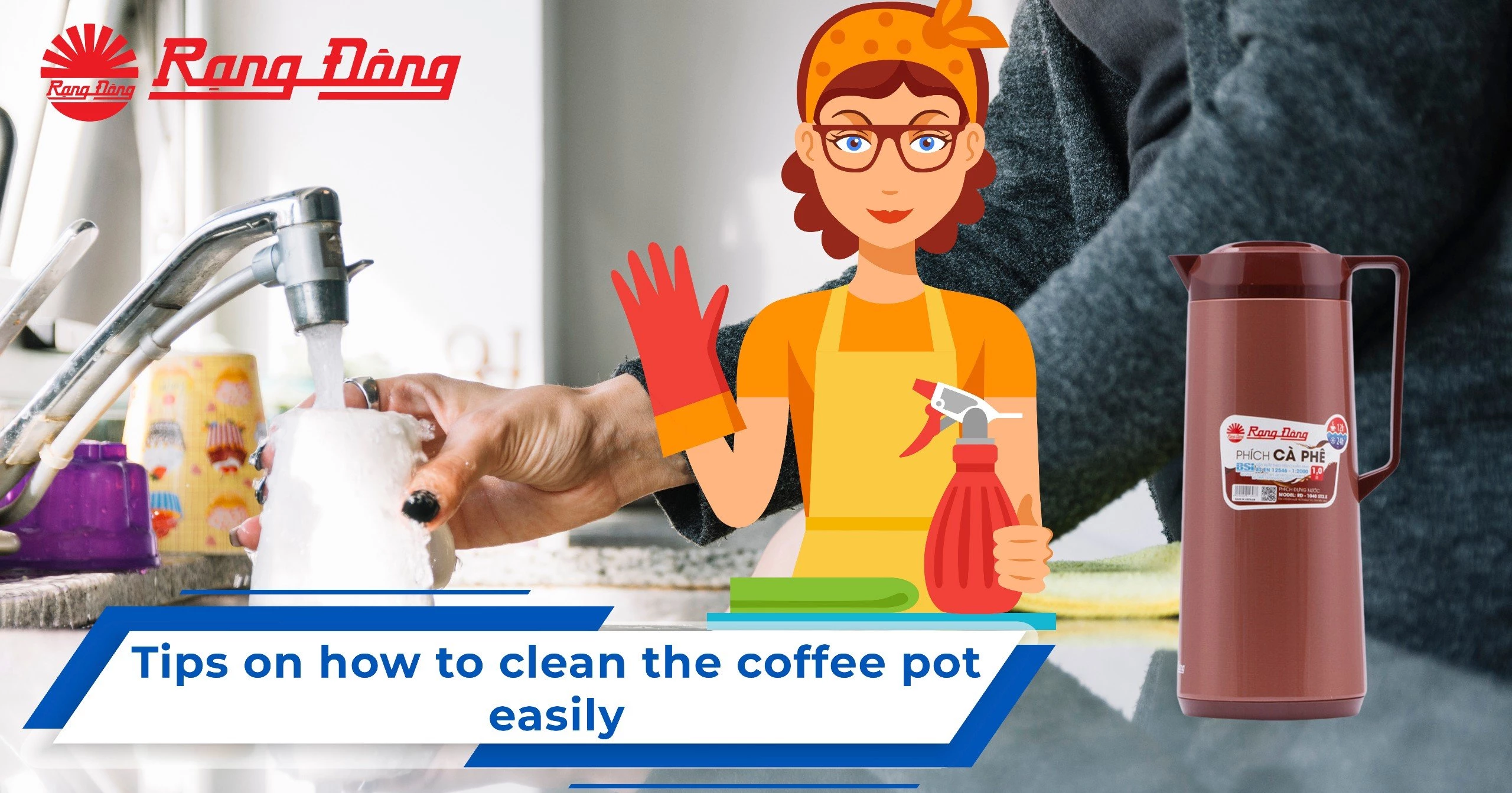Tips on how to clean flask safely and use it effectively
A flask is an essential tool for keeping beverages hot or cold for extended periods. However, maintaining its efficiency and ensuring it remains safe to use requires regular cleaning and proper usage. Here's a comprehensive guide on how to clean flask and get the best results and long lifespan of the item.
A flask, like any food and drink container, needs regular cleaning to prevent the buildup of bacteria, mold, and unpleasant odors. Residue from beverages and soups can cling to the inner surfaces, leading to contamination and a reduction in the flask's effectiveness at maintaining temperature.
A tender scouring pad can be used to clean the flask.
How to clean flask safely?
Disassemble the Flask: Take apart all the removable parts of the flask, including the lid, stopper, and any internal straws or cups. This makes it easier to clean all surfaces thoroughly.
Rinse Immediately After Use: To prevent stubborn stains and odors, rinse the flask with hot water immediately after each use. This quick action can remove a significant portion of the residue before it has a chance to harden.
Use Mild Dish Soap: Use warm water and a few drops of mild dish soap. Close the flask and shake vigorously. Use a long-handled brush to scrub the interior, paying special attention to the bottom and any crevices.
Clean the Lid and Gaskets Separately: The lid and any gaskets can harbor bacteria, so clean these parts separately with soapy water. Use a small brush to get into any tight spots.
It is recommended to clean the flask on daily basis.
Rinse Thoroughly: Ensure all soap residue is removed by rinsing the flask and its parts with warm water. Soap residue can affect the taste of future contents and can be difficult to remove once it dries.
Dry Completely: Let the flask and its parts air dry completely before reassembling. Moisture trapped inside can lead to mold and odors.
For stubborn stains and odors, a deeper cleaning process is necessary:
Baking Soda and Vinegar Method: Fill the flask with warm water, add a tablespoon of baking soda, and let it sit for a few minutes. Follow by adding a half cup of vinegar. The foaming reaction will lift stains and deodorize the flask. Rinse thoroughly afterward.
Use of Denture Tablets: Drop a denture cleaning tablet into the flask filled with warm water. Let it sit for at least 30 minutes, then scrub and rinse thoroughly. Denture tablets are designed to clean and disinfect, making them effective for flasks.
Hydrogen Peroxide Solution: For persistent stains, a solution of hydrogen peroxide and baking soda can be very effective. Mix two tablespoons of baking soda with half a cup of hydrogen peroxide and let it sit in the flask for an hour before rinsing.
The flask surface requires tender scrubbing.
There are some points users should take care of in order to maximize the efficiency of the flask.
Preheat or Pre-Cool Before Use: To maintain the temperature of our food or drinks, preheat the flask with hot water for hot contents, or pre-cool it with cold water for cold contents. Let it sit for a few minutes before emptying and filling with your desired contents.
Fill to the Top: For best temperature retention, fill the flask to the top. This minimizes the amount of air inside, which can affect temperature maintenance.
Avoid Using in a Microwave or Dishwasher: Most flasks are not designed for microwave or dishwasher use as extreme temperatures can damage the vacuum seal. Always check the manufacturer's instructions for specific care guidelines.
Store with Lid Off: When not in use, store the flask with the lid off to prevent odors from developing. This allows any residual moisture to evaporate, reducing the risk of mold.
Use for Intended Purposes: Use the flask only for the purposes it was designed for. For example, do not use a flask designed for liquids to store carbonated beverages, as the pressure can cause damage.
Regular cleaning and proper usage of the flask are key to ensuring it remains effective and safe for use. By following the guideline on how to clean flask, users can enjoy hot or cold beverages and meals with confidence, knowing that the flask is in optimal condition. For more detailed instructions and tips.
Should you have any questions or request a quotation of Rang Dong products, please send us an email to: export@rangdong.com.vn.
Websites: en.rangdong.com.vn and vacuum flask.rang dong.com.vn.

